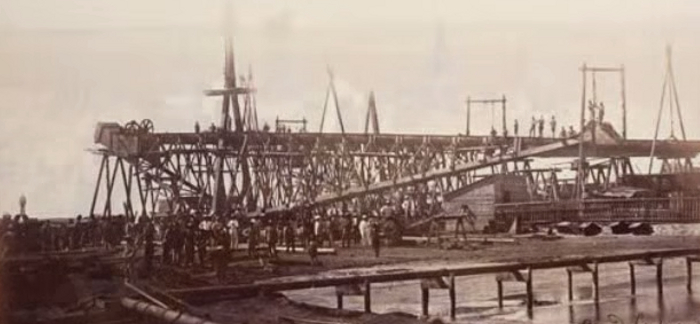For thousands of years, the Nile River flooded to provide the desert landscape with fertile soil that could be used for growing. It’s flooding was predictable, provided farmers with resources, and was often the only source of irrigation. The building of the Aswan High Dam changed all of this by preventing the flooding season from happening. Now the flood waters are safely stored in the reservoir behind the dam.
There were some advantages to building this dam and there are some disadvantages that must be looked at as well.
What Are the Pros of the Aswan High Dam?
It provides a tremendous amount of energy.
Up to 40% of Egypt’s total electricity supply comes from the hydro-electric power that is generated by the Aswan High Dam. This means that the nation’s residents are receiving power from a source that is environmentally friendly, predictable in cost, and easy to maintain.
It has made the Nile River easier to navigate.
Building the dam has allowed navigation to be more controlled and that has helped to boost the port cities along the river. Because the Nile drains into the Mediterranean Sea, major shipping lanes are suddenly open to these communities and they can import or export to the rest of the world.
It helped to create a new industry.
Fishing from the Nile River has always taken place, but it hasn’t always been a safe venture. One of Egypt’s most famous Pharaohs, King Tut, is even thought to have been possibly killed by a hippo while hunting or fishing. With Lake Nasser behind the dam, a new, safer commercial fishing industry has been allowed to flourish.
What Are the Cons of the Aswan High Dam?
It has helped contribute to higher levels of erosion.
When the Nile River would flood, it would do more than provide farmers with fertile soil that could be used for planting. It would also help to replenish the silt that sits along the banks of the river that are naturally eroded by the movement of the water. Without the flooding, the banks can’t be replenished, and so erosion continues to build up.
It has reduced other industries.
The Nile River used to provide the Mediterranean Sea with a massive amount of nutrients that would encourage sea life to exist. After the dam was built, the nutrient levels that funneled into the Mediterranean were greatly reduced. In return, this mean that there were less fish available, so fishing in the area was dramatically reduced.
It forced the relocation of over 100,000 people.
Although many people have been relocated before because of public projects, the massive relocation efforts of the Nubian people is one of the largest in history. Some people were moved to communities over 45 kilometers away from their previous home. This led to food shortages, extra stress, and even disease development.
There have been many good things that have come out of the building of the Aswan High Dam, but there have been some consequences to its creation as well. By weighing the pros and cons of its existence, we can continue to evaluate if its present and future value will continue to outweigh its present and future cost.




